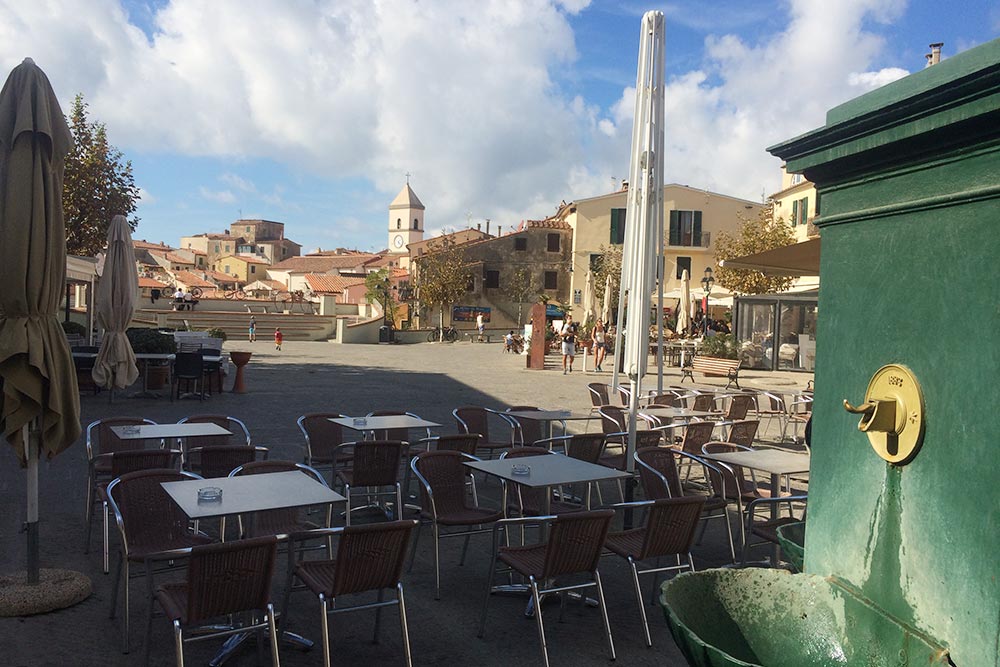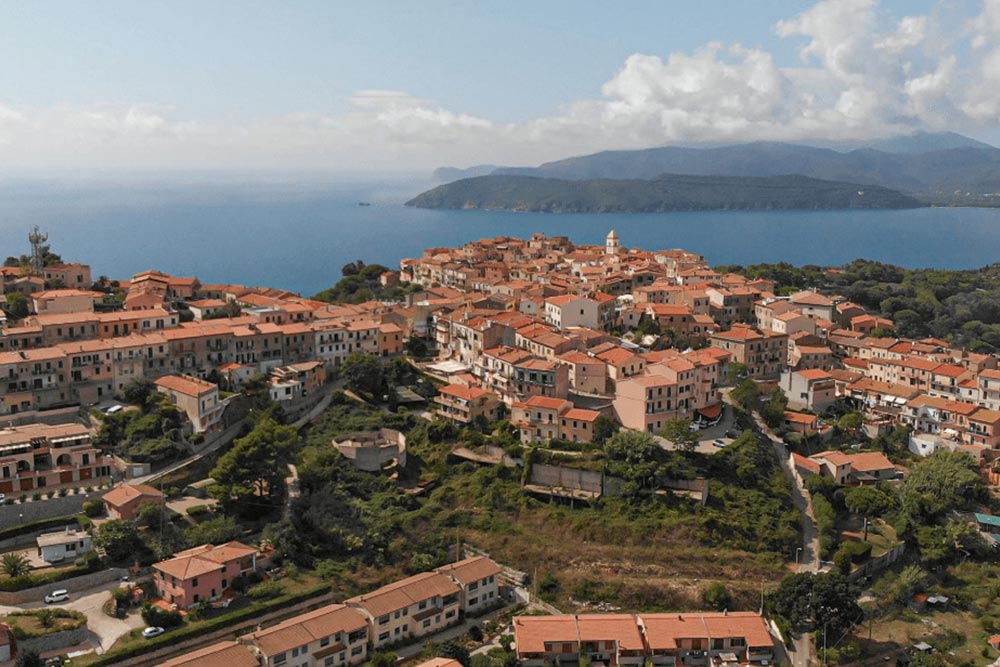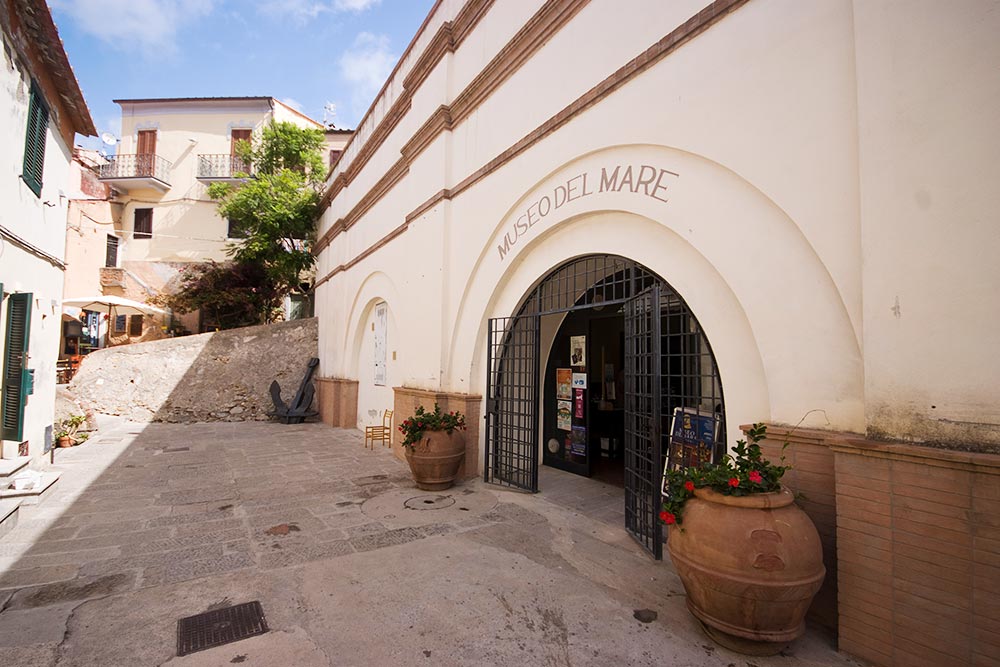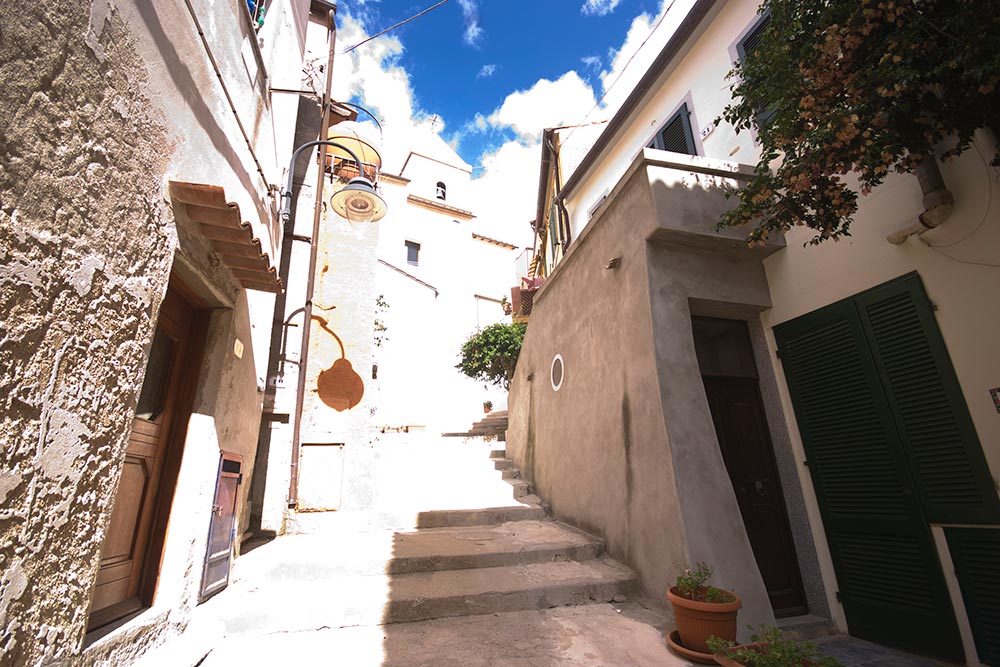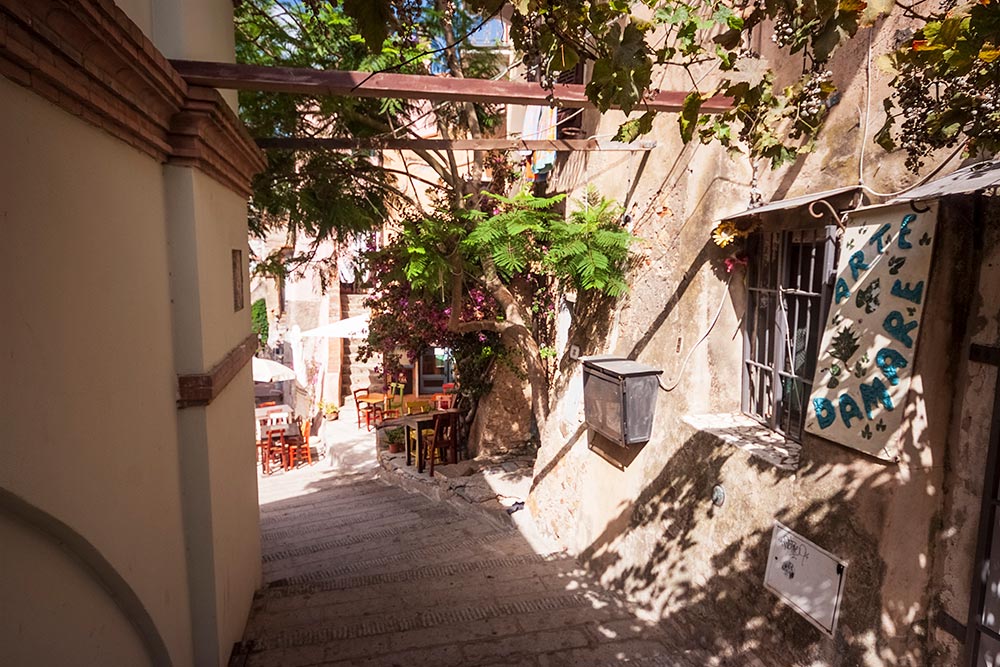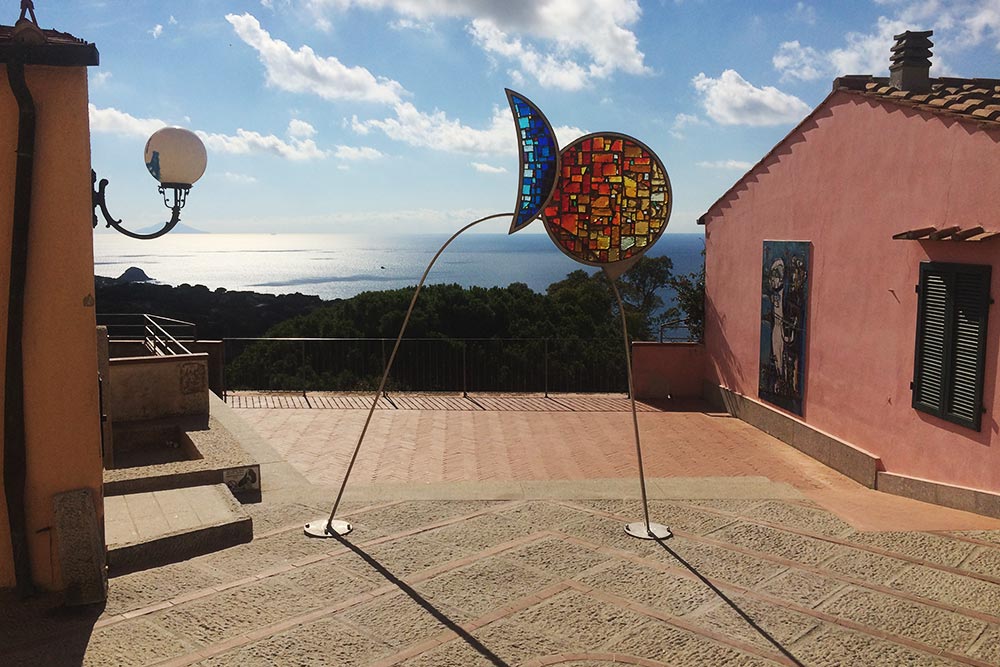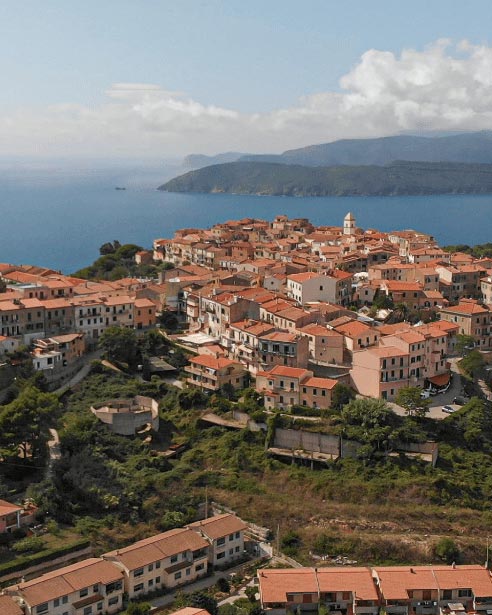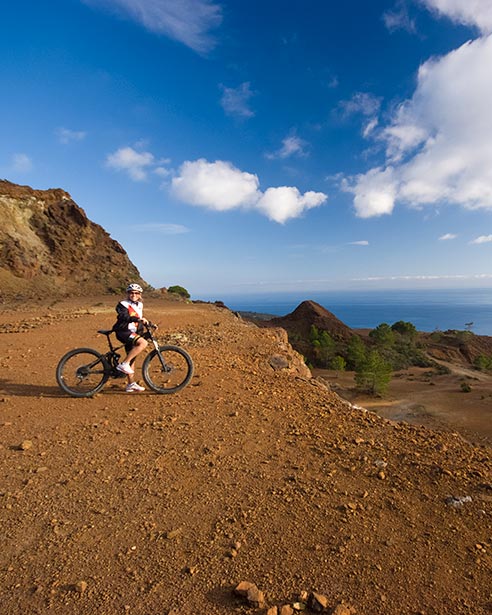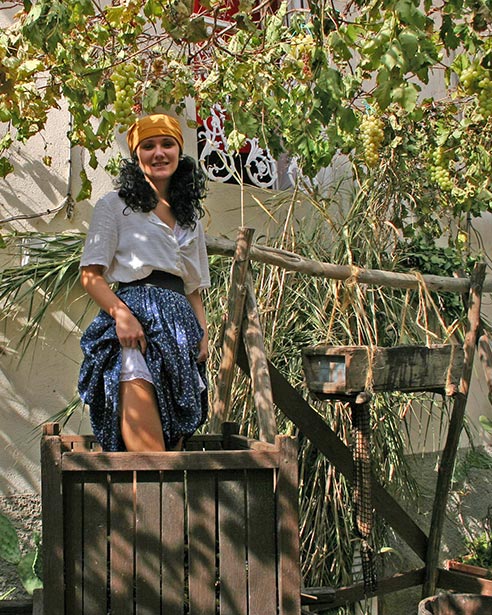Capoliveri is a vibrant cultural and historical centre on Elba, where tradition, art, and modernity blend into a unique atmosphere. During the summer, the town square becomes the heart of events, hosting concerts, theatrical performances, and folklore evenings. Among the most cherished festivities are the Festa del Cavatore, honouring the island's miners; the evocative Rievocazione della Leggenda dell'Innamorata (re-enactment of the Legend of the Betrothed), where a torch-lit procession winds its way from the village down to the beach for the traditional Disfida della Ciarpa (Ciarpa challenge); and the Festa dell'Uva (Grape Festival), held at the start of October, in which the four districts of the town compete to create the most spectacular grape harvest-themed displays.
Capoliveri's deep historical roots are closely tied to its mining past. Today, near the old mines of Monte Calamita, visitors can explore the Museo della Vecchia Officina (Old Workshop Museum), which serves as the starting point for guided tours of the underground Ginevro magnetite mine - an experience that captivates both adults and children. Right in the centre of town, the Museo del Mare (Maritime Museum) houses the treasure of the Polluce, a ship that sank in the mid-19th century. The museum also hosts evening events, including workshops and theatrical performances designed especially for children.
The town's history is woven with ancient legends. Capoliveri, which became an independent municipality in 1906 after separating from Porto Longone (now Porto Azzurro), may owe its name to "Caput Liberum", a reference to slaves and convicts who worked off their debts by mining iron ore. Its origins date back even further, with Etruscan, Greek, and Phoenician fortifications bearing witness to its ancient past. The town's distinctive "herringbone" layout, with Via Roma and its network of narrow lanes, reflects a history spanning Roman and medieval times. Among its historic landmarks, the Church of San Michele stands out as a rare example of Pisan architecture, while the Sanctuary of Madonna delle Grazie, on the southern slope, remains an important spiritual and cultural site.
